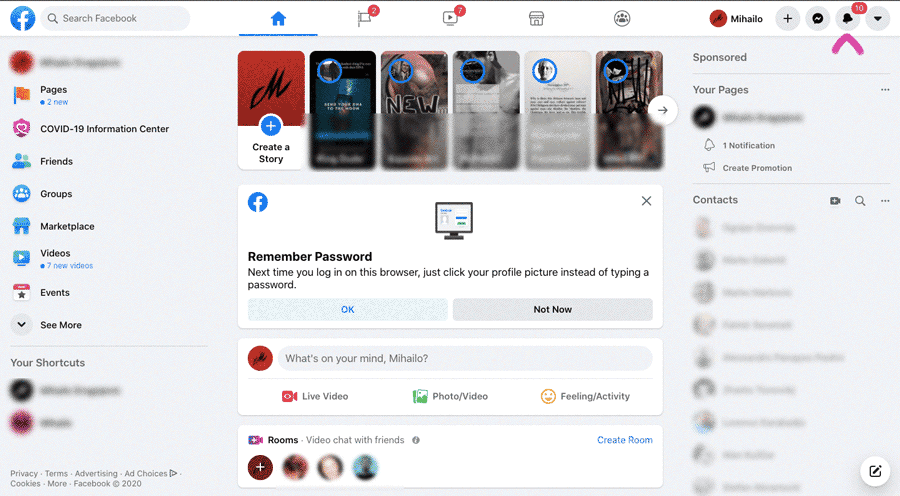Conclusion
All these giant companies mentioned above, by their current numbers, data, market domination and usage allow themselves to assume and act as if that the users will always use their services no matter what, which allows them to have an arrogant attitude toward user focused design and ignore theirs users basic needs to whom they are suppose to build a product for.
If I, as a user, need to setup my privacy settings and spend an hour or two just for that, on my new Google Pixel phone, in Android 11 and have only functionality, which forces user to use a specific tool otherwise it does not work (like Google Assistant for example) than you still failed to provide a user friendly design and you have a long way to go and the first step in that direction would be to change the mindset.
The whole idea of being an UX designer always was and is to provide best user experience, cover user needs, bridge them to the company needs and it is a difficult and a honourable work but today for many products one as a designer can’t feel too proud about what they are doing in case they happened to coexists in the environments which support & embrace, most of the time, these dark practices.
But things are changing and the change is the only thing that is forever. The only constant there is.
These “sweet” companies allow themselves to completely ignore the users even when it comes to helping out users in Customer Support.
That part they leave to others to handle as they are “too big to cover how big they are” :D so when it comes to understanding their product latest system updates, new tools and features, they leave that to users to figure out for themselves, to troubleshoot and make reviews (which ironically also boosts their visibility and their non friendly complex product even more).
It is very illuminating and inspiring to see the future possibilities in design despite the current failure of User Friendly Design and the trendy “Evil UX” dark cloud above our green valley.
Rain will fall and the sun will shine again.
Good to have that reminder from time to time.
The same way as all the empires failed in the end (and you see that there is and was always an end), all the products and strategies get outdated and updated to something new never seen before as only the most adaptive to change survive and evolve.
So it is no coincidence, that even though the other civilisations in human history had so sophisticated means of handling things, selling, build products and dominate the global consciousness and narrative, perception, market needs etc, it seams that the human nature, which is a part of something higher than simple narrow product games we love to play with, will always go beyond any barrier it set for itself.
As each moment is a new reality, a new step into unknown direction from which the previous step never existed as each next one opens a non imaginable future horizons with endless possibilities for expansion and creativity.
No matter how hard you try to imagine the future it will never be anything close to what you have in your mind(set), because our human mind can operate only within current outlook on the world, with current tendencies and that in itself is limited to start with.
So in other words, never limit yourself to current settings.
Allow yourself to expand beyond, as no one made progress and innovation by embracing normalcy, standards, or by being static... as known "best practices" we create today, we break them tomorrow.
Article written by mihailo
















